| Interesting Plants 2
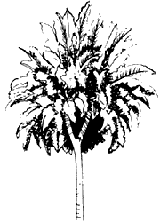 Phillipine
Fig Phillipine
Fig
Ficus pseudopalma
Mulberry family
This plant's unusual leaf formations, giving the appearance
of a pompon on a pole, could lead you to mistake it for a palm, hence the
name "pseudopalma."
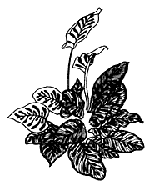 Peacock
Plant Peacock
Plant
Calathea makoyana
Maranta family
The peacock plant is well adapted to the low light of
the forest floor. Its broad leaves help capture the limited light and the
red-purple pigment on the underside of the leaves is a special adaptation
which captures the greenish light present at the forest floor. It has striking
markings on the upper surface of the leaf. These markings occur naturally;
it is not a cultivar. Like the prayer plant (Maranta sp.) the leaves
of the peacock plant fold up at night.
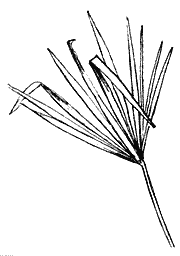 Panama-Hat
Plant Panama-Hat
Plant
Carludovica palmata
Cyclanthus family
Often cultivated in tropical gardens as an ornamental
or as a source of fiber, this plant is palm-like but is not a palm. In
Ecuador, the leaves are woven into the famous Panama hats, a name conferred
during the days of the California Gold Rush, when the hats were shipped
to the state from Ecuador indirectly by way of Panama.
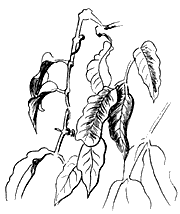 Gnetum Gnetum
Gnetum leyboldii
Gnetum family
This vine is not a flowering plant but one of the gymnosperms,
vascular plants that bear exposed seeds ("gymnosperm" literally means "naked
seed"). Other kinds of gymnosperms are the cycads, gingkos, and conifers.
Gnetum is uncharacteristic in that it is a vine and has large, broad leaves.
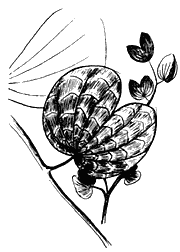 Bauhinia Bauhinia
Bauhinia blakeana
Pea family
This evergreen tree, which can grow to 40 feet or more,
bears curious, bi-lobed leaves reminiscent of bull hooves. Its showy, reddish
purple flowers are very orchid-like in appearance. All plants in cultivation
originated from a single tree discovered in Canton, China.
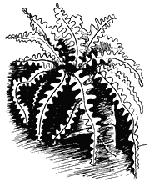 Fishbone
Cactus Fishbone
Cactus
Epiphyllum anguliger
Cactus family
Sometimes called the "fishbone cactus," this plant lives
in the tropical rainforests of southern Mexico. It is an epiphyte and so
is adapted to the relatively dry conditions of life in the forest canopy.
Spineless, its branches resemble leaves but are actually modified stems.
It flowers for just a few nights each year, with fragrant pale yellow blooms.
  
|

